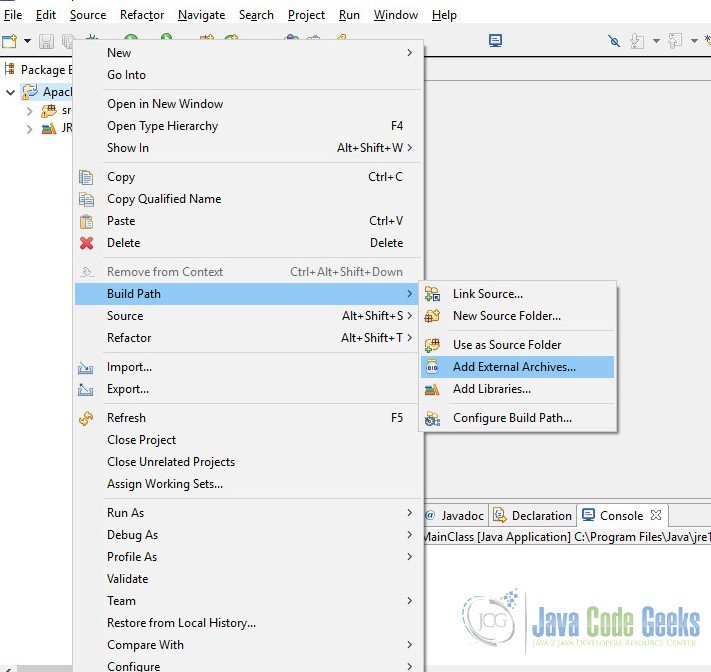2019-07-31 — Apache Subversion Security Advisory ¶ The recent releases of Apache Subversion 1.12.2, 1.10.6, 1.9.12, contain fixes for two security issues, CVE-2018-11782 and CVE-2019-0203. These issues affect Subversion 'svnserve' servers only. We encourage server operators to upgrade to the latest appropriate version as soon as reasonable. WSDL2Java generated Client One of the most common scenarios is that where you have a service which you may or not manage and this service has a WSDL. In this case you'll often want to generate a client from the WSDL. This provides you with a strongly typed interface by which to interact with the service. Apache client side authentication is based off the httpd modssl documentation and has been deployed for a number of CACert systems like lists and webmail (for staff). Apache configurations for client side authentication should appear in a VirtualHost directive though they can exist under other directives like Location. This article shows you how to use Apache HttpClient to send an HTTP GET/POST requests, JSON, authentication, timeout, redirection and some frequent used examples. P.S Tested with HttpClient 4.5.10.

The Apache HttpComponents project is responsible for creating and maintaining a toolset of low level Java components focused on HTTP and associated protocols.
This project functions under the Apache Software Foundation (http://www.apache.org), and is part of a larger community of developers and users.
HttpComponents Overview
The Hyper-Text Transfer Protocol (HTTP) is perhaps the most significant protocol used on the Internet today. Web services, network-enabled appliances and the growth of network computing continue to expand the role of the HTTP protocol beyond user-driven web browsers, while increasing the number of applications that require HTTP support.
Apache Client Authentication
Designed for extension while providing robust support for the base HTTP protocol, the HttpComponents may be of interest to anyone building HTTP-aware client and server applications such as web browsers, web spiders, HTTP proxies, web service transport libraries, or systems that leverage or extend the HTTP protocol for distributed communication.
HttpComponents Structure
HttpComponents Core
HttpCore is a set of low level HTTP transport components that can be used to build custom client and server side HTTP services with a minimal footprint. HttpCore supports two I/O models: blocking I/O model based on the classic Java I/O and non-blocking, event driven I/O model based on Java NIO.
HttpComponents Client
Apache Httpclient Jar
HttpClient is a HTTP/1.1 compliant HTTP agent implementation based on HttpCore. It also provides reusable components for client-side authentication, HTTP state management, and HTTP connection management. HttpComponents Client is a successor of and replacement for Commons HttpClient 3.x. Users of Commons HttpClient are strongly encouraged to upgrade.
Apache Client
Commons HttpClient (legacy)
Commons HttpClient 3.x codeline is at the end of life. All users of Commons HttpClient 3.x are strongly encouraged to upgrade to HttpClient 4.1.
Apache Guacamole is a clientless remote desktop gateway. It supports standard protocols like VNC, RDP, and SSH.
We call it clientless because no plugins or client software are required.
Thanks to HTML5, once Guacamole is installed on a server, all you need to access your desktops is a web browser.


Access your computers from anywhere
Because the Guacamole client is an HTML5 web application, use of your computers is not tied to any one device or location. As long as you have access to a web browser, you have access to your machines.
Keep your desktop in the cloud
Desktops accessed through Guacamole need not physically exist. With both Guacamole and a desktop operating system hosted in the cloud, you can combine the convenience of Guacamole with the resilience and flexibility of cloud computing.
Free and open source
Apache Guacamole is and will always be free and open source software. It is licensed under the Apache License, Version 2.0, and is actively maintained by a community of developers that use Guacamole to access their own development environments.
We feel this sets us apart from other remote desktop solutions, and gives us a distinct advantage.
Built on a well-documented API
Apache Guacamole is built on its own stack of core APIs which are thoroughly documented, including basic tutorials and conceptual overviews in the online manual. These APIs allow Guacamole to be tightly integrated into other applications, whether they be open source or proprietary.
Commercially supported
For enterprises, dedicated commercial support is also available through third party companies.
